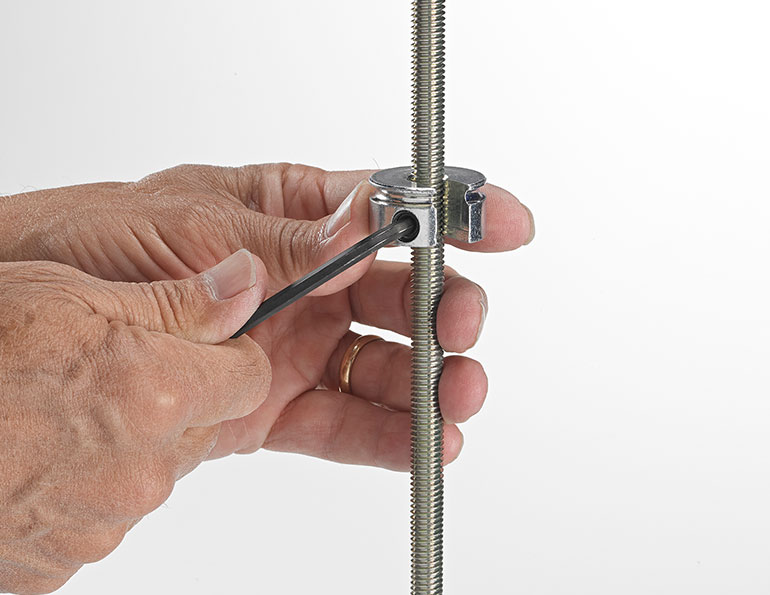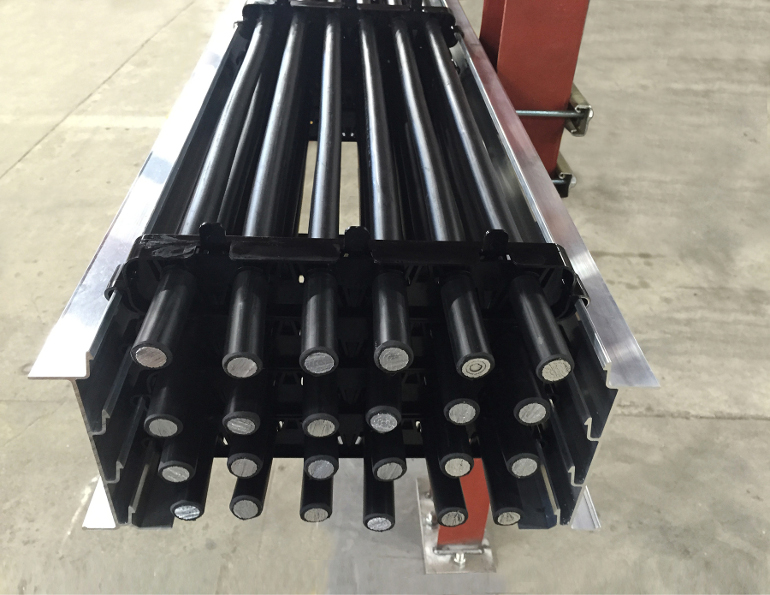What is Edge Computing?
Edge computing is one of the hottest trends in information management. It is a distributed computing model that uses a network of micro data centers, each with limited data storage and processing capabilities, to act as mid-points between users and the central cloud. So instead of communicating with a server farm located 3,000 miles away, the network can spin up a copy of a requested movie, file or application and move it to a server located only 100 miles away to vastly improve performance. Because even when moving data at the speed of light, distance creates latency.










